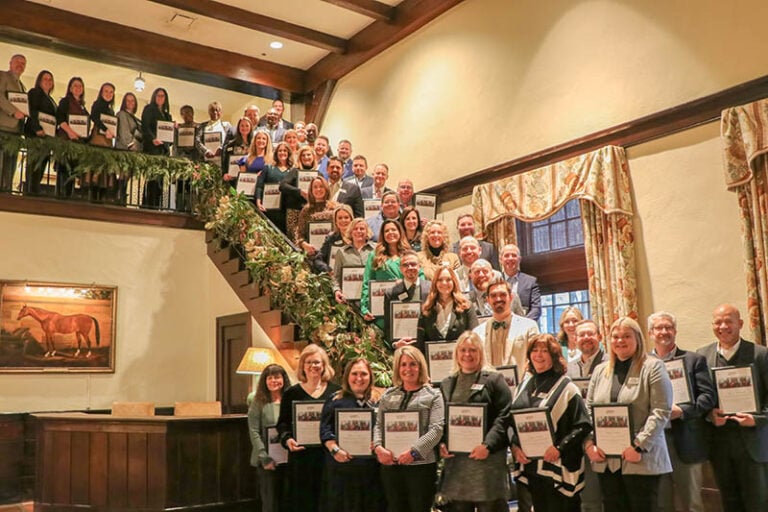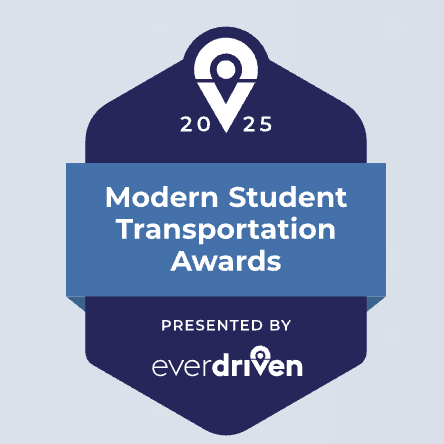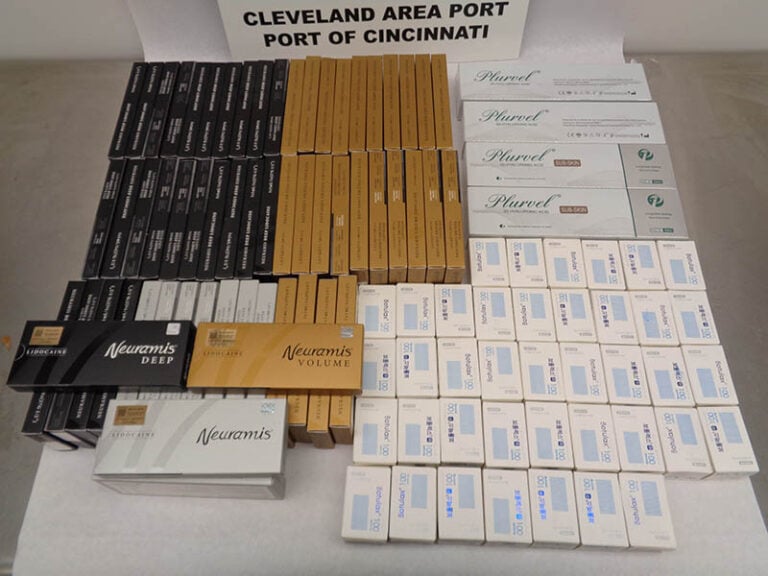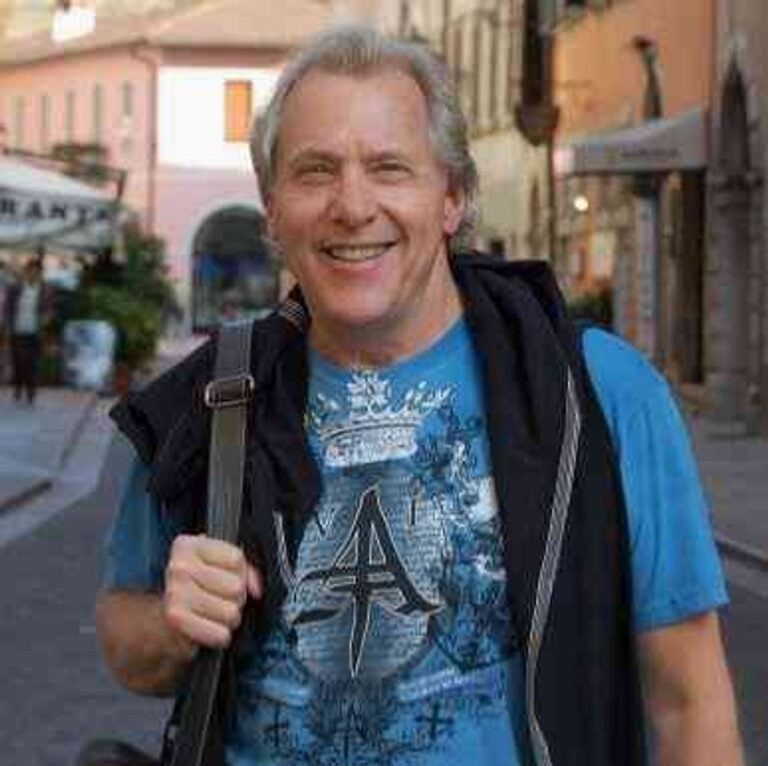By Dr. Howard Whiteman
Murray State University
Walking back from a morning hike, I was astonished by the site in front of me. I had just crossed a large snow pile along a Forest Service road, an avalanche of snow that had accumulated on the road through the winter. It may seem incredible to those from the east, but in the mountains of Colorado, snow piles block the road into July or even the whole summer some years.
The massive snow was not the feature that struck me, however. It was the vehicles. Lined up for half a mile below the snow were cars and trucks of all persuasions, a ribbon of metal that followed the narrow, serpentine road. The owners of all of these vehicles were gone, hiking up valley beyond the white blockade.
Above the snow, no cars. The snow limits access to vehicles naturally, and it is only hiking and biking north of it. People still get to enjoy nature, they just have to get out of their vehicles to do so. In some ways, it’s nature’s way of saying enough is enough.

Walking past all of this metal to my own truck that was parked further down the valley, I could see that nature was right. This part of Colorado is in a drought right now, and when you combine a lack of rain with a lot of vehicles, you get road dust everywhere. Wildflowers on both sides of the roads were covered with dust, making them look like a prop for an apocalyptic movie. The dust went way beyond the roadside, and seemed to affect plants a hundred yards or more from the road.
The other thing I noticed was the change in wildlife. Early in the season my students and I spotted multiple moose while driving this same road. They are gone now, presumably moving further back in the forest away from all of the visitors and out of sight. Even smaller mammals, like chipmunks and ground squirrels, seemed to avoid the now busy road. Who can blame them?
But it also affects people. Hikers, bikers, and even other motorists are enjoying our experiences in the outdoors less because of the numbers of people that are, like us, attracted to amazing landscapes and chances to bond with nature.
This is definitely not an isolated problem; you can see it unfold in other places, particularly our National Parks. The Great Smokey Mountains National Park has a huge traffic problem. If you have ever been to Cade’s Cove, you know exactly what I mean. That traffic brings pollution and overuse of park resources. Other National Parks are similar. They have become overrun, and they do not have the resources or ability to effectively deal with the issue.
The great thing about all of this use is that people want to be outside and engage with nature. Such outings appear to have ramped up in the post-COVID era, and should be applauded, again and again. We really cannot get enough nature to help reduce the stress in our lives, to help us stay physically and mentally healthy, or to help us better understand the world we live in, which we too often take for granted.
The unfortunate consequence of this is that we are loving nature to death. There are simply too many of us congregating in too few places, and some of us are leaving a lot more from our trip than we should be, in terms of the impacts of our vehicles or the trash and other pollution that is a consequence of our visit.
If we want to keep nature around for ourselves and future generations to enjoy, we need to think about ways that we can equitably limit access. Although it is great that so many people want to be in nature, it is becoming just too much for some places to handle.
I certainly do not advocate shutting everyone out of anywhere, but we already limit the kinds of access we can have in some places, like wilderness areas. These areas have no vehicle access, so you can only enjoy them on foot, bike, or horseback. We could certainly expand such areas and solve some of these issues.
We could also do what some parks are doing, which is to take reservations for the number of visitors that can sustainably use their areas each day. We limit the number of people that can fit into a stadium for a football game, we can certainly do the same for our National Parks.
I, for one, am glad each year when the snow pile limits access to some of my favorite areas. I would support having a permanent gate installed for the years when the snow pile doesn’t last all summer. This would add miles of hiking for me to get to where I want to go in the summer, but I would take the extra miles in a second to limit the impacts of all of the people, who, like me, love nature. Everyone would still get to enjoy the scenery, but fewer people would be driving, and our collective impacts would be reduced.
I know that some people will balk at the idea of limiting access, but if we want to conserve nature so that we can continue to enjoy it in the future, difficult decisions like this one are going to be commonplace. If we allow more people to have even more access to the same natural areas, we will continue to love nature to death, and when nature dies, there will be nothing left to enjoy.
Dr. Howard Whiteman holds the Commonwealth Endowed Chair of Environmental Studies at Murray State University where he is director of the Watershed Studies Institute and a professor in the department of Biological Sciences.





















